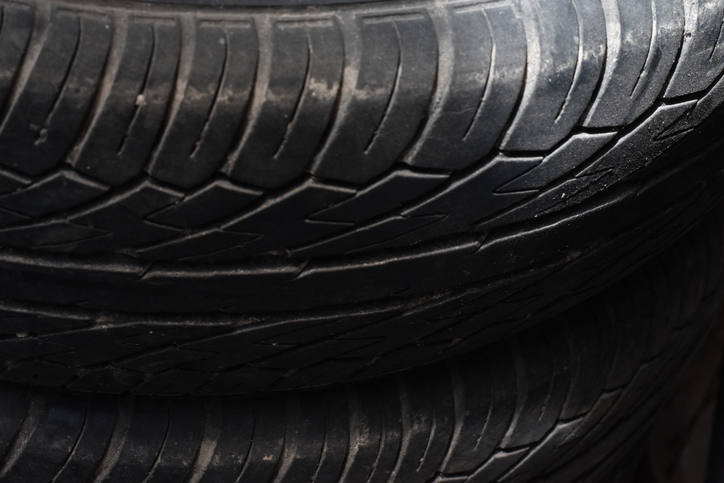
Tire repair is a common concern for many vehicle owners. Whether it’s a flat tire or a puncture, dealing with tire issues can be frustrating and inconvenient. One common solution is to utilize a spare tire until the damaged tire can be properly repaired or replaced. However, it’s essential to understand the limitations and safety considerations when driving with a spare tire. In this article, we will explore the topic in detail, providing you with the necessary information to make an informed decision.
The Purpose of a Spare Tire
A spare tire, also known as a “donut” or “space-saver” tire, is a temporary replacement tire designed to get you safely to the nearest repair shop or tire service center. Spare tires are not intended for prolonged or high-speed driving. They are typically smaller and narrower than regular tires, which limits their performance capabilities.
Tire Repair Considerations
When faced with a damaged or flat tire, it’s important to assess the severity of the damage before deciding whether to use your spare tire or seek professional assistance for tire repair. Minor punctures or slow leaks caused by small nails or screws can often be repaired without replacing the tire entirely. Tire repair services are readily available and can restore the functionality and integrity of your tire.
In cases where the damage is significant, such as sidewall punctures, tire bulges, or irreparable tread damage, it is usually recommended to replace the tire. Driving with a severely damaged tire can pose serious safety risks, as it may lead to tire blowouts, loss of control, and accidents.
Using a Spare Tire
If your damaged tire is repairable and you have the necessary tools and skills, you can attempt to fix it yourself or seek professional help. However, if you do not have the means or expertise to repair the tire on the spot, it is time to consider utilizing your spare tire.
1. Verify the Condition of the Spare Tire:
Before installing the spare tire, check its overall condition. Ensure it is properly inflated, has adequate tread depth, and is free from visible signs of damage or wear. It’s crucial to have a reliable spare tire to ensure safe driving.
2. Speed and Distance Limitations:
Spare tires are designed for short distances and lower speeds. Most spare tires have a maximum speed rating of around 50-55 mph (80-90 km/h) and are recommended for driving distances of approximately 50-70 miles (80-113 km). These limitations are in place because spare tires are not designed to handle the same loads and stresses as regular tires.
3. Handling and Performance:
It’s important to note that driving with a spare tire can affect your vehicle’s handling and performance. Spare tires are often smaller and narrower, which can impact traction, braking distances, and overall stability. Exercise caution and adjust your driving habits accordingly when using a spare tire.
4. Tire Replacement:
Remember that a spare tire is only a temporary solution. As soon as possible, have your damaged tire repaired or replaced by a professional. Extended driving with a spare tire can negatively impact your vehicle’s suspension, alignment, and other components.
Safety First
While driving with a spare tire is permissible in certain situations, it is crucial to prioritize safety at all times. Here are a few important safety tips to keep in mind:
1. Check Your Vehicle’s Manual:
Consult your vehicle’s manual for specific guidelines regarding the use of spare tires. Manufacturers often provide detailed instructions and safety precautions that are specific to your vehicle.
2. Maintain Proper Tire Pressure:
Regularly check the pressure of your spare tire to ensure it is within the recommended range. Underinflated or overinflated spare tires can affect handling and stability.
3. Avoid Overloading:
Spare tires are not designed to carry heavy loads. Avoid overloading your vehicle when using a spare tire, as it can result in excessive strain and potential tire failure.
4. Don’t Rely on Spare Tires Long-Term:
Remember, spare tires are meant to be temporary solutions. Make it a priority to repair or replace your damaged tire as soon as possible to maintain optimal safety and performance.
Keep Your Spare
Tire repair is a crucial aspect of vehicle maintenance, and spare tires serve as valuable temporary solutions for minor tire issues. However, it’s important to recognize their limitations and follow recommended guidelines to ensure your safety on the road. Driving with a spare tire should only be done for short distances and at moderate speeds. Always prioritize proper tire repair or replacement to maintain optimal performance and minimize potential risks. If in doubt, consult a professional tire service center for expert advice.